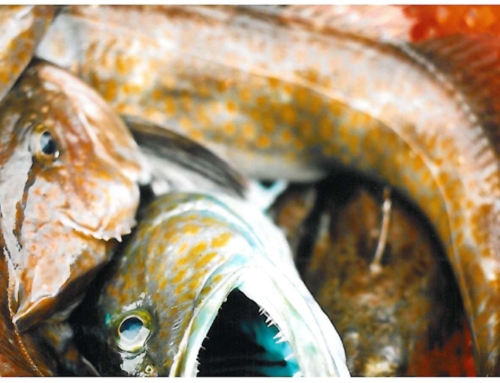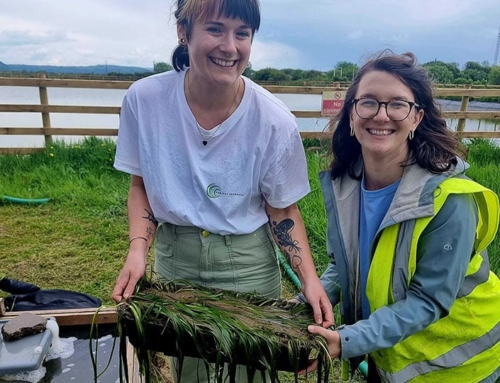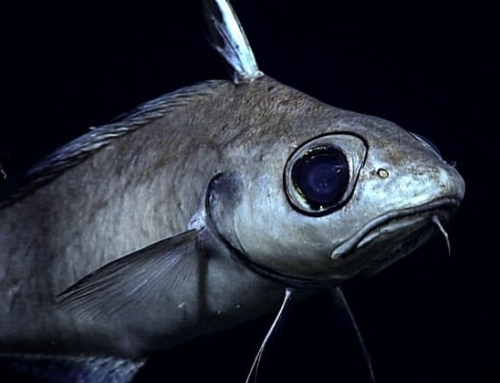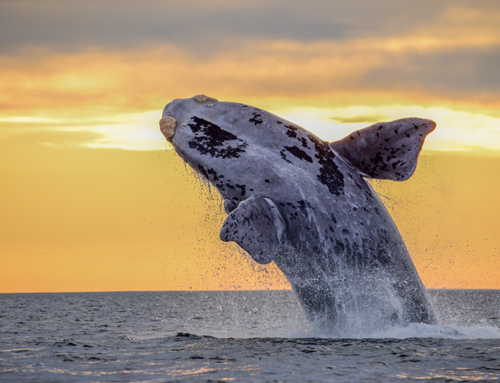Our High and Deep Seas Programme has been focused on these two overlooked areas of marine conservation for seven years. Building on its success, this programme has now been redeveloped into a broader Ocean Programme, expanding into new areas of critical but underfunded marine conservation. Programme and Partner Manager Anna Heath describes this exciting new direction and introduces some of our new partners.
Over the last two years, we have been working away below deck at Synchronicity Earth to build an expanded Ocean Programme. This new vessel is a bit larger than our previous programme, with two additional strands of work added, centring support across the Pacific Islands, Southeast Asia, and the High and Deep Seas.
Building on conversations with experts, partners, and colleagues, as well as desk-based analysis and research, this programme is now ready to set sail. In 2021 and early 2022, with the support of a handful of generous supporters, we were able to bring on seven new partners. I’m delighted to finally share with you some of the stories from our new partners, to give you an idea of the exciting journeys we are embarking on.
Whereas the former High and Deep Seas Programme concentrated on those two overlooked areas of marine conservation, the newly developed Ocean Programme has broadened to tackle a wider range of conservation challenges for the global ocean. It channels support to locally-led and grassroots organisations, whilst also funding strategic research and advocacy, focusing on three key strands:
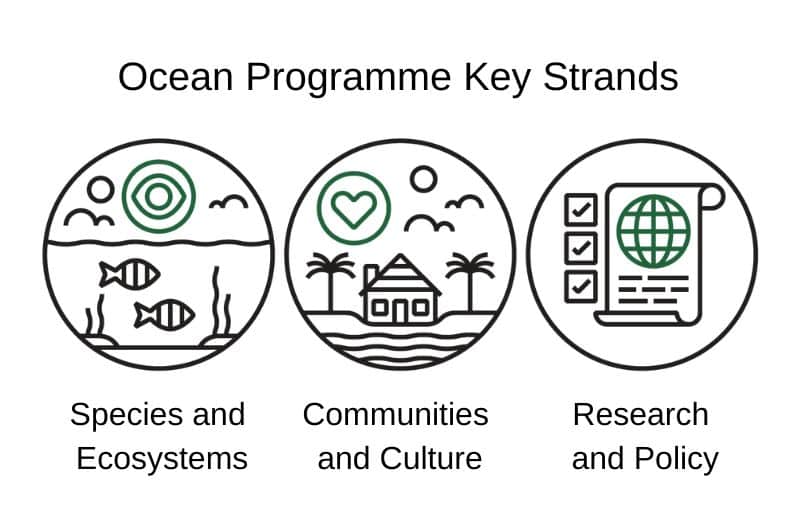
Species and Ecosystems
The ocean is home to the greatest diversity of ecosystems and species on the planet. However, most people probably think of the same handful of species (e.g., whales), ecosystem types (e.g., coral reefs), and threats (e.g., plastic pollution) when thinking about ocean conservation.
Though these are important, we are working to support and spotlight partners that specifically work on overlooked and underfunded species and ecosystems. One of the first ecosystems we zeroed in on under this strand was seagrass, which you can read more about here. On the species side, our first spotlighted species has been the enchanting and highly endangered sawfish.
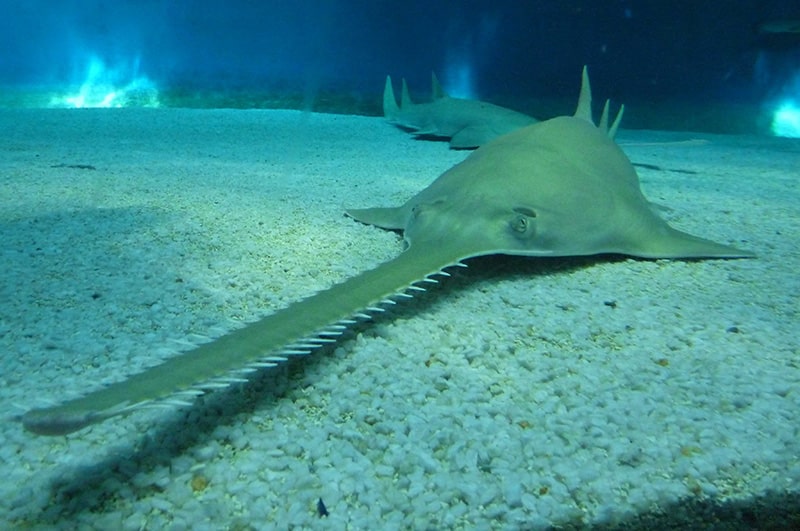
Sawfish are amongst the longest fish alive today, some reaching lengths of 7-7.6m. Image: Lorenzo Blangiardi CC BY-ND 2.0 DEED
The fish with a saw for a nose
You only need to take one look at a sawfish to understand where they got their name. With a distinctive, toothed snout that bears an uncanny resemblance to a saw, sawfish are easy to identify (though still somehow confused with swordfish!). While they look like a quirky shark, sawfish are actually classed as rays, and are found in tropical shallows of both marine and freshwater environments.
Sadly, sawfish are arguably the most endangered group of marine fishes in the world, with all five species classified as Critically Endangered or Endangered. Their intricate snout leaves them highly vulnerable to entanglement in fishing nets, and they are also valued for use in traditional medicine and for cultural purposes.
One of our newest partners in the Ocean Programme, Alifa Haque, is working to reverse the gloomy outlook for sawfishes and other rays in the Bay of Bengal, Bangladesh. When Alifa first started looking into sawfishes in Bangladesh, she monitored eight official landing sites for a year but did not record one single sawfish. Worried that they might have lost the species altogether in the waters of Bangladesh, she started looking into other ways that they might be able to collect data on these animals. Considering that sawfishes fetch up to USD 400/kg when sold, Alifa suspected that fishers might not want to bring these valuable commodities to official landing sites, instead selling them under the radar.
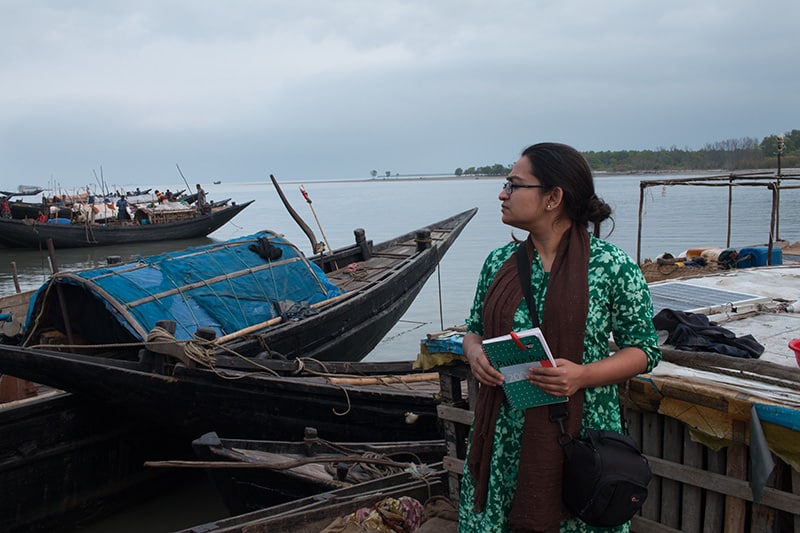
By getting to know the fishing communities of the Bay of Bengal and earning their trust, Alifa has been able to learn more about the sawfish population and the impact of fishing on this endangered fish. Image © Alifa Haque
A call to action
Alifa and her small team decided to set up an informal and anonymous cell-phone reporting network, which led to 33 recordings of sawfish catches in just over a year. This flagged to Alifa that the Bay of Bengal was in fact a stronghold for this extremely rare species.
“Working in the field of species conservation is a journey where it takes many years before one gets to see positive behavioural change or a thriving population of a once depleted species. (…) The most satisfactory part of my conservation work so far is the trust we built with hundreds of fishers in Bangladesh. They are now willing to collaborate with us for the conservation of sawfish.” – Alifa Haque, Sawfish Conservation
Working with, rather than against, local fishing communities is the foundation of Alifa’s approach. With support from our Ocean Programme, she is now looking to carry out research with fishing communities to understand the different motivations for catching sawfish, in order to develop a programme to improve their chances in the Bay of Bengal. She will also be expanding her research to look at an equally threatened species that is caught in the region – a type of ray called a guitarfish.
Communities and Culture
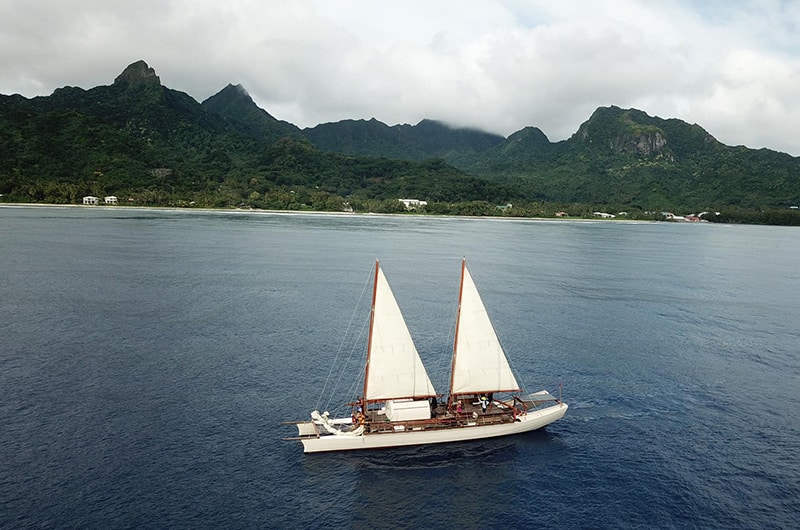
Our partner Kōrero O Te `Ōrau strengthening the connection of young people with the natural world through scientific and culture-based learning such as Vacca Voyaging. Image © Sei Media
Human cultures and livelihoods are profoundly connected to the ocean. Tens of millions of people globally work as fishers, over 90 per cent of whom are employed in the small-scale fishing sector. The role of the ocean in the cultures of thousands of coastal communities around the world has been key in making Indigenous Peoples and local communities some of the best custodians of marine ecosystems.
However, despite mounting evidence that local knowledge and methods are some of the most effective tools in ocean conservation, these approaches have consistently been side-lined and overlooked. Under this strand of the programme, we are working to promote local and Indigenous knowledge, culture, and experience in marine conservation – championing traditional custodians of the ocean.
A focus on the Pacific Islands
In the Pacific Islands, where the ocean has always been a fundamental part of lives and cultures, it has been shown that the invention and application of marine resource management measures took place centuries before their use in the West.
The rich history of ocean custodianship in this part of the world, alongside its stunning levels of biodiversity, have been key in making this a regional focus of the Ocean Programme.
Ailan Awareness
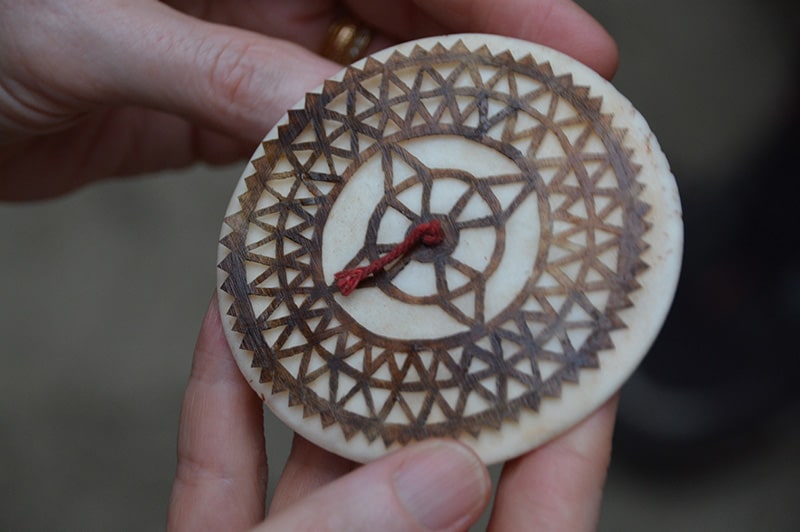
Kapkap made of clam and carved tortoiseshell were traditionally worn as pendants, and forehead or belt ornaments by men in the Solomon Islands. Image © Paige West
A new partner in our programme is Ailan Awareness, an organisation that focuses on strengthening Indigenous sovereignty regarding both biological and cultural diversity in New Ireland, Papua New Guinea.
Across Papua New Guinea and the Pacific, it is common for marine management to take place through customary practices related to spiritual beliefs and cultural taboos. Ailan Awareness has worked with local people in New Ireland to develop ‘Indigenous-Knowledge-Based Marine Resource Management Plans’.
Over the last year, Ailan Awareness has used funding from the Ocean Programme to support work aimed at revitalising the local cultural practice of Malagan carving. This is a type of wood carving produced by local Indigenous Peoples that communicates deep guidance around traditional ways of life, and connection to and custodianship of the natural world.
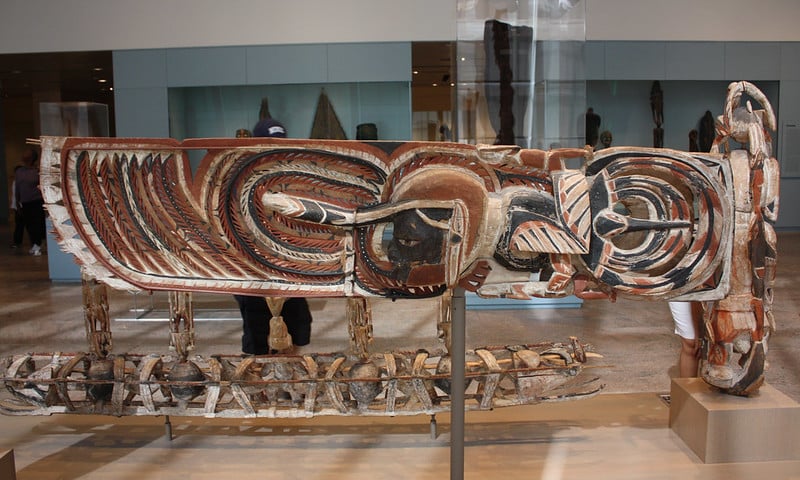
Malagan carvings showing horizontal birds are made in connection with the initial funerary rites that are held shortly after an individual’s death. Image: Peter Roan CC BY-NC 2.0 DEED
This year, Ailan Awareness has focused specifically on the role of women in the Malagan tradition, including women’s dances, women’s songs, and women’s knowledge and practices around biodiversity. The team has partnered with 12 female elders from the local region to participate in planning of the work and delivery of training and knowledge exchange to the younger generation.
Research and Policy
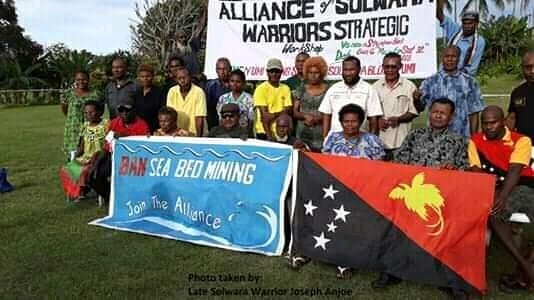
The Alliance of Solwara Warriors has worked since 2009, when the company, Nautilus Minerals, proposed to launch the world’s first seabed mining operation in Papua New Guinea. Image © Alliance of Solwara Warriors
We believe strongly in long-term support for conservation issues, and under this strand we will be continuing to support the research and policy work on the High and Deep Seas that we have focused on for the last seven years.
Throughout the programme, we are keen to support and promote crossovers and bridge-building between strands. An example of this is a long-term partner of ours, the Alliance of Solwara Warriors – an alliance of coastal communities in Papua New Guinea which have come together to protest against the development of deep-sea mining in their country.
Synchronicity Earth began supporting the work of the Alliance of Solwara Warriors in 2017, as they were one of the first community voices in Papua New Guinea to speak out against this industry. Now, the group continues to be an important partner that fits under both our Research and Policy strand, as they are mobilising key advocacy and action against a major threat in Papua New Guinea, as well as under our Communities and Culture strand, as the Alliance champions community-led approaches to this work.
The voyage ahead
We now have 14 partners on board under this programme, and while there are undoubtedly storms and rough seas ahead, we are confident in our vessel and excited to be starting this voyage.
We are delighted to welcome new supporters to come on board and join us on this journey.
Learn more about the Ocean Programme, or contact us to discuss how to become a supporter.

